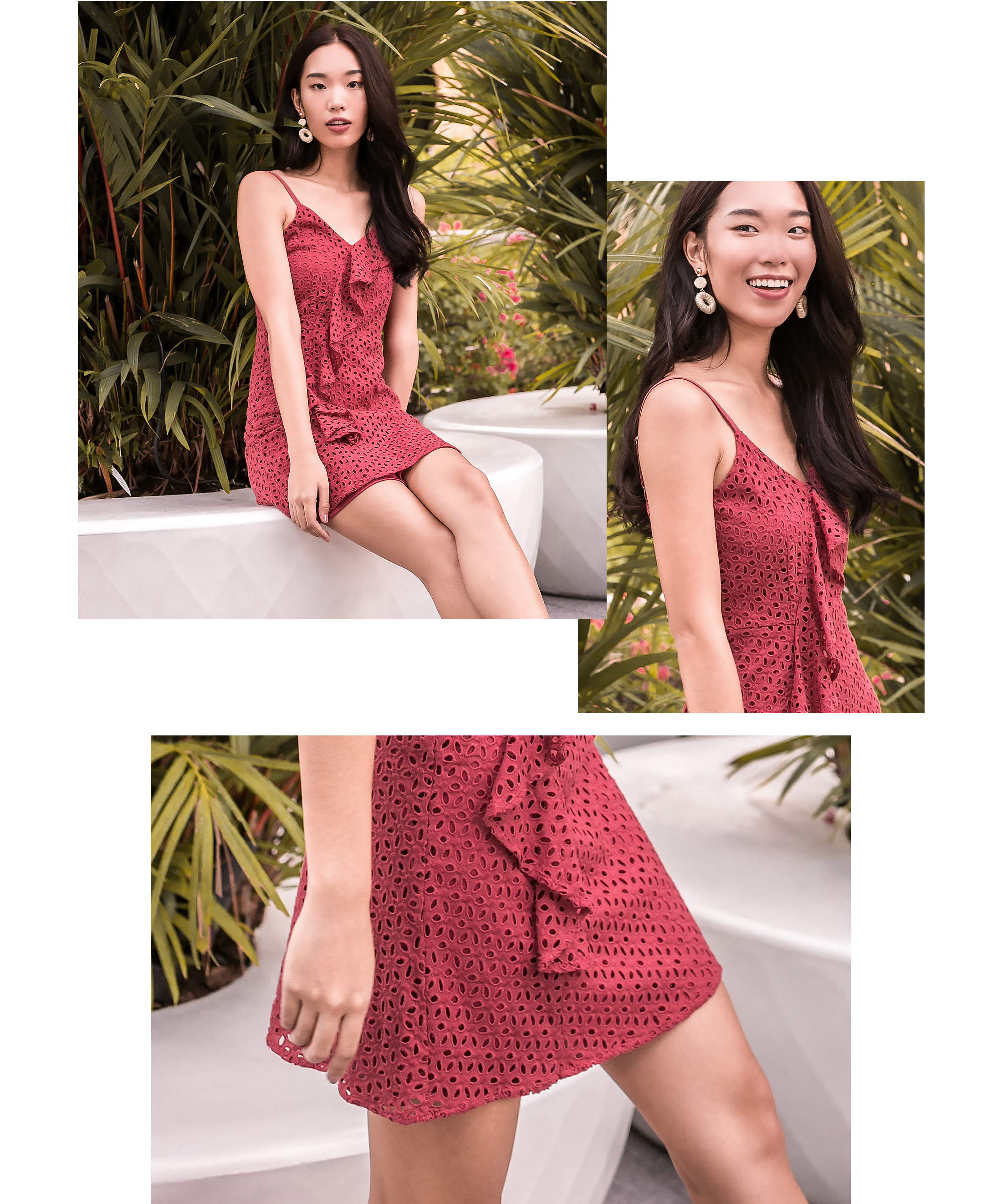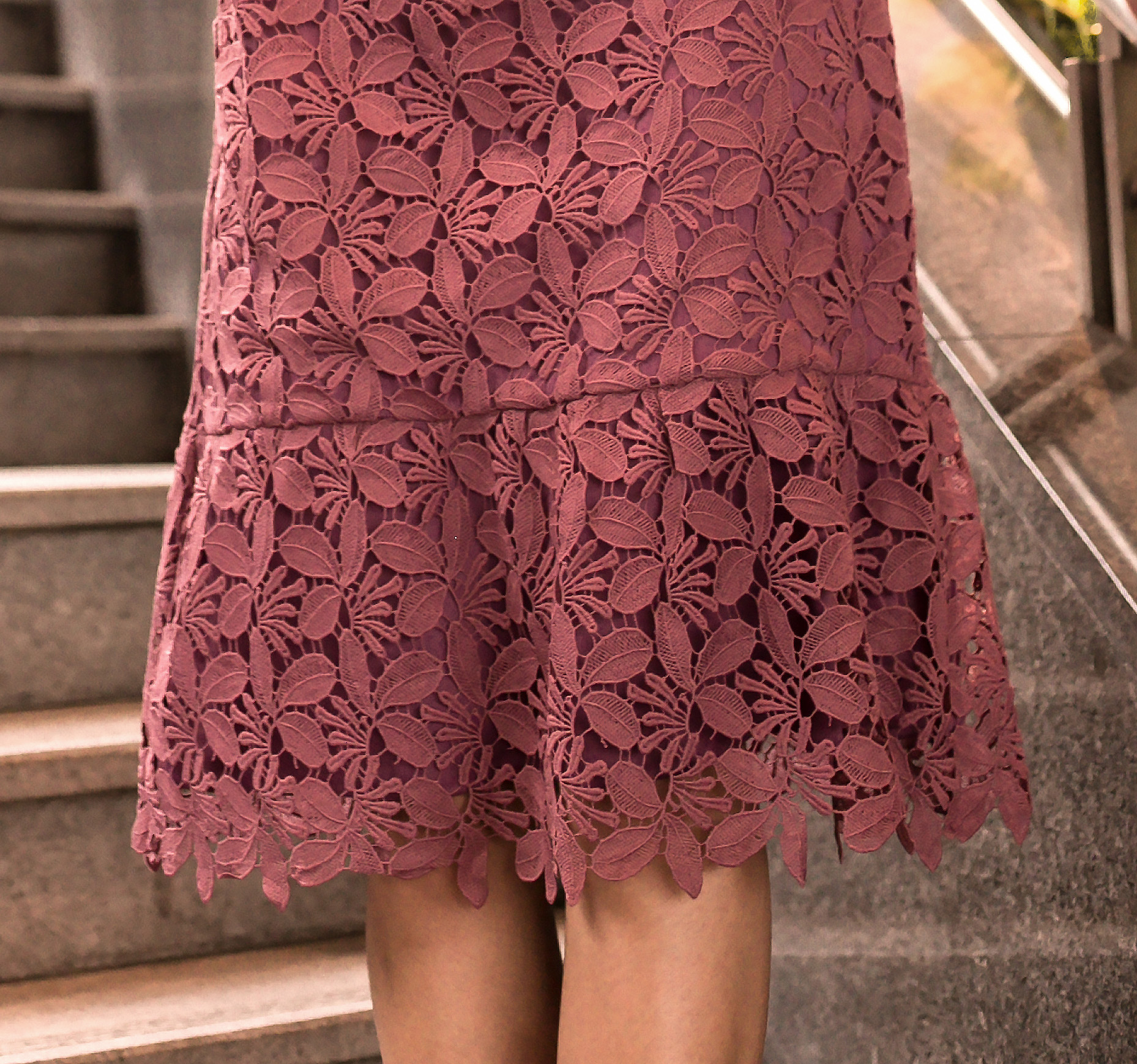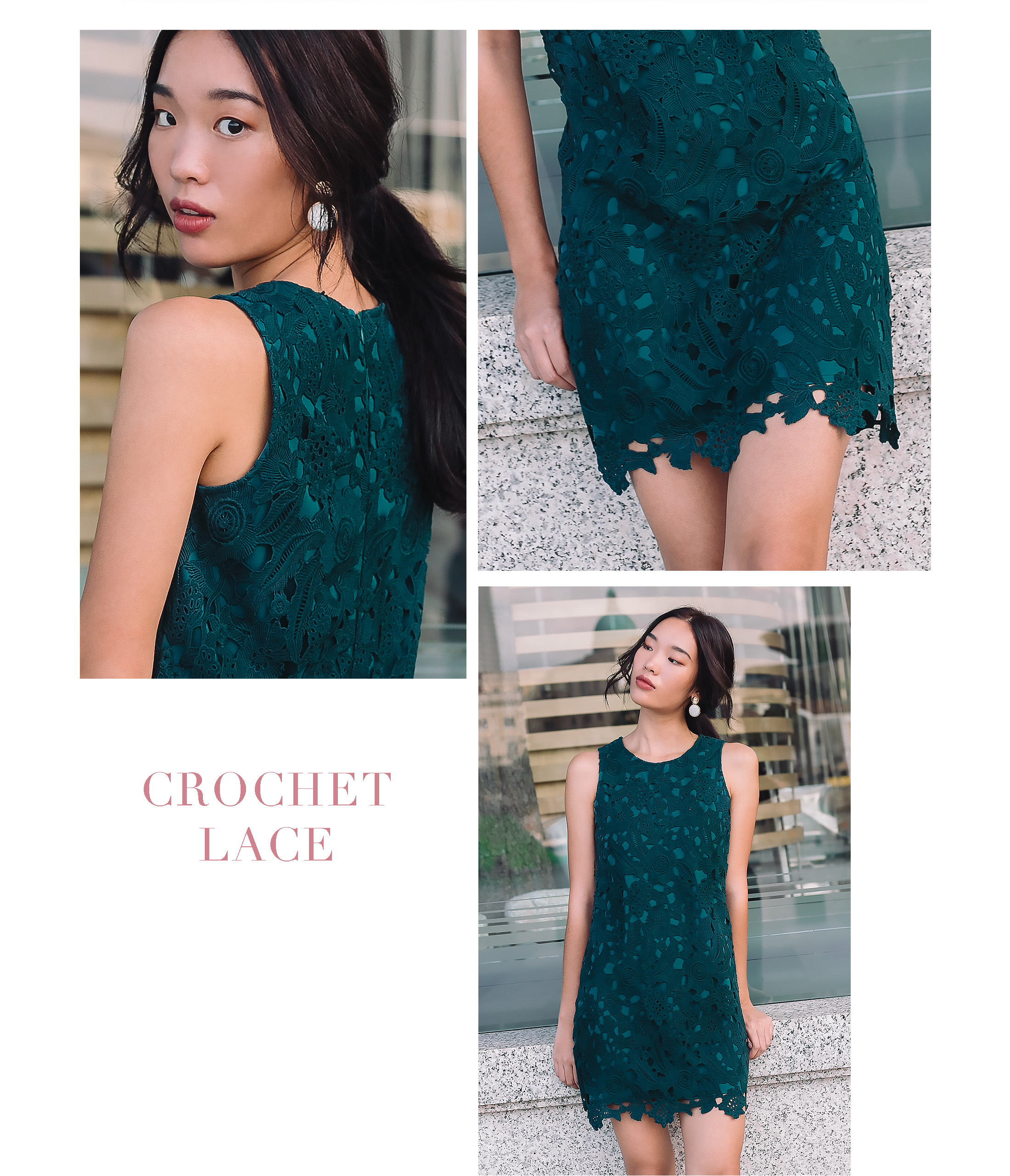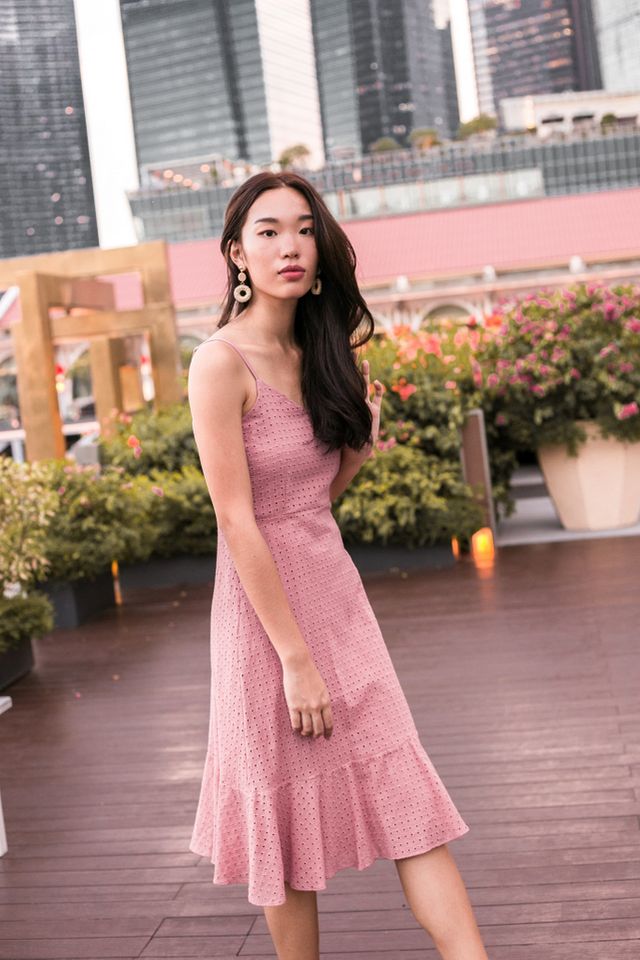March 2019

Not sure what’s the difference between eyelets and crochets? Here’s a little fabric tutorial on all the things you need to know about these two intricate fabrics; so you’ll know a little more on what you are wearing!


DID YOU KNOW
DID YOU KNOW

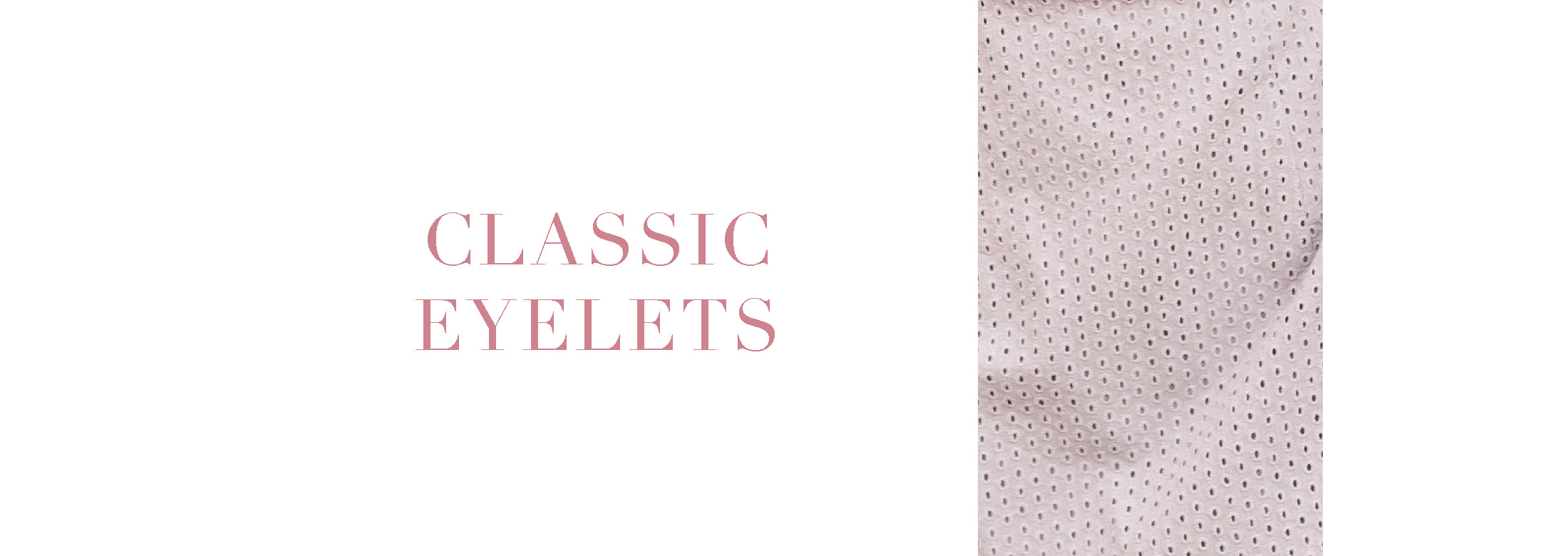

Most of the fabrics that are said to be crochet are actually crocheted lace. As crochet can only be achieved manually by hand, crocheted lace can be achieved by machine. Crochet lace generally uses finer threads and more decorative styles of stitching, often with flowing lines or scalloped edges to give interest.
Most of the fabrics that are said to be crochet are actually crocheted lace. As crochet can only be achieved manually by hand, crocheted lace can be achieved by machine. Crochet lace generally uses finer threads and more decorative styles of stitching, often with flowing lines or scalloped edges to give interest.
Now you know a little more about intricate fabrics, it’s time to pick up your eyelet or crocheted dresses and go impress your peers with your new fabric knowledge!
With love,
With love,



